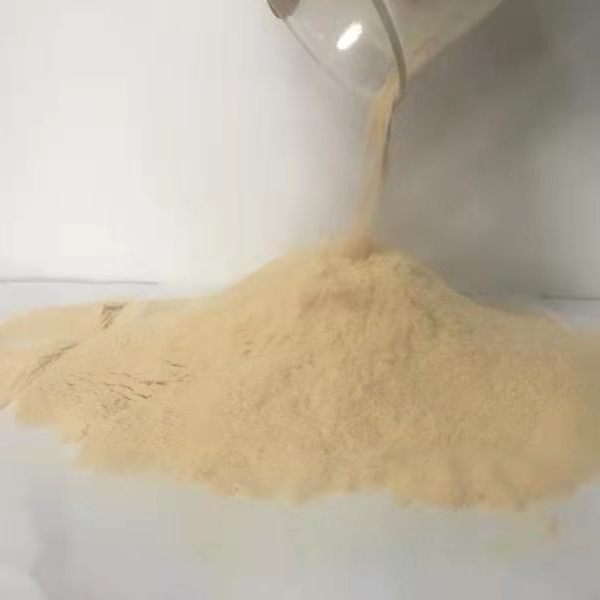
News
Aug . 13, 2024 08:50 Back to list
Magnesium EDTA Fertilizer Production Facility Focused on Sustainable Agriculture and Crop Enhancement
The Importance of Magnesium-EDTA Fertilizers in Agriculture
Magnesium is an essential nutrient for plants, playing a crucial role in photosynthesis, enzyme activation, and overall plant health. One of the most effective forms of magnesium fertilizer is Magnesium-EDTA, which combines magnesium with the chelating agent ethylene diamine tetraacetic acid (EDTA) to enhance its availability to plants. This article explores the significance of Magnesium-EDTA fertilizer and its production in factories dedicated to meeting the agricultural industry's needs.
Understanding Magnesium-EDTA
Magnesium-EDTA is a water-soluble compound that ensures efficient nutrient uptake by plants. The chelation process allows magnesium ions to be stable in various pH conditions, protecting them from precipitation and making them readily available in the soil solution. This characteristic is particularly beneficial for crops grown in alkaline or calcareous soils, where magnesium can often become unavailable.
The role of magnesium in plant metabolism cannot be overstated. It is a core component of chlorophyll, the pigment responsible for photosynthesis. Without adequate magnesium, plants may exhibit symptoms of chlorosis, leading to reduced growth and diminished yields. Therefore, Magnesium-EDTA serves as an important tool for farmers to ensure their crops receive enough magnesium for optimal health and productivity.
The Manufacturing Process
The production of Magnesium-EDTA fertilizer involves several steps, typically undertaken in specialized factories that focus on chemical formulation and agricultural product development. The process begins with the selection of high-purity magnesium sources. This is crucial, as impurities can affect the performance of the final product.
Once the magnesium source is prepared, it undergoes a reaction with EDTA in a controlled environment. This process requires precision, as the conditions—such as temperature and pH—need to be closely monitored to achieve a successful chelation reaction. After the reaction is complete, the resulting Magnesium-EDTA complex is purified to remove excess reactants and impurities.
magnesium edta fertilizer factory

Following purification, the product is dried and formulated into various forms suitable for agricultural use, such as powders, granules, or liquid solutions. Packaging and labeling are also essential steps, ensuring that farmers receive clear information about application rates and usage guidelines.
Benefits of Magnesium-EDTA Fertilizers
Farmers worldwide have increasingly recognized the benefits of using Magnesium-EDTA fertilizers. One significant advantage is its versatility; it can be applied through soil amendments, foliar sprays, and fertigation systems. This flexibility allows farmers to choose the most effective application method based on their specific crop needs and environmental conditions.
Additionally, because Magnesium-EDTA remains stable in various pH levels, it reduces the risk of nutrient lock-up. This reliability streamlines nutrient management practices, enabling farmers to maximize their investment in fertilizers while promoting sustainable agriculture.
Moreover, the use of Magnesium-EDTA can lead to increased crop yields and improved quality. Healthy plants are more resilient to stressors such as drought, pests, and diseases, ultimately leading to a more stable food supply.
Conclusion
As the world faces increasing pressure to produce food sustainably for a growing population, the role of fertilizers like Magnesium-EDTA becomes ever more critical. Factories dedicated to producing high-quality Magnesium-EDTA fertilizers play a vital role in supporting agriculture. By providing farmers with the tools to enhance soil fertility and crop health, Magnesium-EDTA fertilizers contribute significantly to agricultural productivity, economic viability, and environmental sustainability. In the face of rising challenges in global food production, investing in effective fertilizers is not just beneficial; it is essential for the future of agriculture.
-
Polyaspartic Acid Salts in Agricultural Fertilizers: A Sustainable Solution
NewsJul.21,2025
-
OEM Chelating Agent Preservative Supplier & Manufacturer High-Quality Customized Solutions
NewsJul.08,2025
-
OEM Potassium Chelating Agent Manufacturer - Custom Potassium Oxalate & Citrate Solutions
NewsJul.08,2025
-
OEM Pentasodium DTPA Chelating Agent Supplier & Manufacturer High Purity & Cost-Effective Solutions
NewsJul.08,2025
-
High-Efficiency Chelated Trace Elements Fertilizer Bulk Supplier & Manufacturer Quotes
NewsJul.07,2025
-
High Quality K Formation for a Chelating Agent – Reliable Manufacturer & Supplier
NewsJul.07,2025
